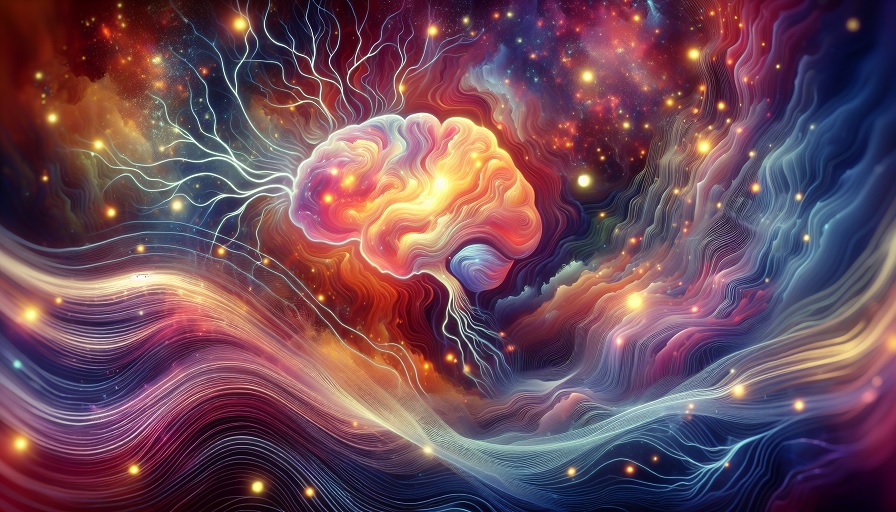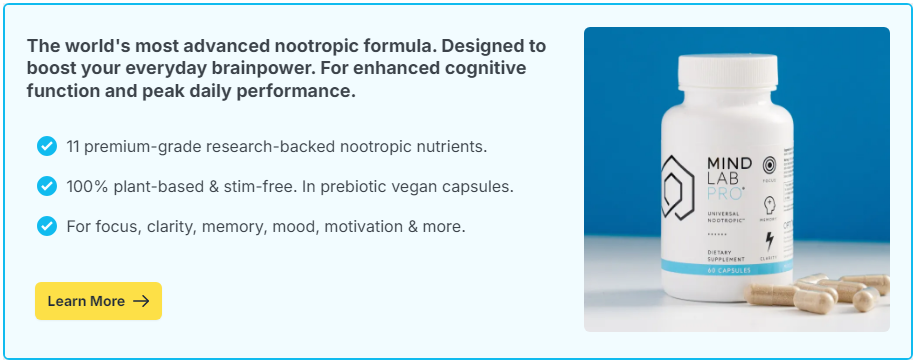
For many people, jigsaw puzzles are a relaxing way to pass a rainy afternoon. But behind the quiet hum of sorting pieces and matching patterns, your brain is running a mental marathon. Jigsaw puzzles engage memory, spatial reasoning, pattern recognition, and problem-solving – all at the same time. Whether you’re working on a 100-piece children’s puzzle or a 5,000-piece challenge, the cognitive benefits can be significant. In a world filled with fast-paced, screen-based entertainment, puzzles offer a rare blend of mental exercise and mindful focus.
Contents
- The Cognitive Demands of Puzzling
- Memory Enhancement Through Repetition
- Pattern Recognition and Visual Processing
- Problem-Solving and Strategy
- Focus and Flow State
- Social and Collaborative Benefits
- Nootropics, Brain Health, and Puzzling
- Tips to Maximize the Brain Benefits of Puzzles
- More Than Just a Pastime
The Cognitive Demands of Puzzling
When you pick up a puzzle piece, your brain instantly begins processing information. You analyze its shape, color, and pattern, then compare it to your mental image of the whole puzzle. This requires working memory – holding the overall image in mind – alongside visual-spatial reasoning, which allows you to rotate and mentally place pieces without physically moving them.
The prefrontal cortex comes into play for planning and decision-making, while the parietal lobe helps you manipulate shapes and understand spatial relationships. This multi-region engagement is what makes puzzling such an effective mental workout.
Memory Enhancement Through Repetition
Working on a puzzle reinforces short-term memory. You remember the location of pieces you’ve examined and the spots on the board where they might fit. As you return to a partially completed puzzle over multiple sessions, you also tap into long-term memory – recalling strategies that worked before or patterns you’ve previously identified.
Research on “use it or lose it” cognitive activity suggests that engaging in mentally stimulating tasks like puzzles can help maintain memory function over time, particularly in older adults. Regular puzzling may contribute to building cognitive reserve, which can delay the onset of age-related memory decline.
Pattern Recognition and Visual Processing
Jigsaw puzzles train the brain’s pattern recognition abilities. Identifying small visual cues – such as a subtle gradient in color or a repeating texture – sharpens the brain’s ability to detect and interpret visual information. This skill has real-world applications in reading, facial recognition, and even navigating complex visual environments.
The occipital lobe, responsible for visual processing, gets a consistent workout during puzzling. Over time, this may enhance your ability to quickly interpret visual data in other contexts.
Problem-Solving and Strategy
Approaching a puzzle is like tackling a complex problem. Do you start with the edges? Sort by color? Focus on a distinct object in the image? Each choice is a small-scale strategic decision. This requires flexible thinking – adjusting your approach based on new information.
Problem-solving in puzzles mirrors real-life cognitive challenges. You hypothesize where a piece might go, test the fit, and get instant feedback. When a piece doesn’t fit, you must adapt, strengthening the mental flexibility needed for handling uncertainty in everyday life.
Focus and Flow State
One of the most rewarding aspects of puzzling is entering a “flow” state – a deeply focused mental zone where time seems to vanish. Achieving flow is linked to increased dopamine release, which boosts motivation and mood. This blend of focus and pleasure makes puzzling a valuable tool for reducing stress and improving emotional well-being.
Because puzzles are both challenging and achievable, they naturally encourage persistence and patience, two traits that support long-term goal achievement in other areas of life.
Social and Collaborative Benefits
While puzzles can be a solitary activity, they also make excellent group challenges. Working on a puzzle with family or friends encourages communication, teamwork, and shared problem-solving. These social interactions add another dimension to the brain workout, as you must articulate your reasoning, negotiate approaches, and integrate other people’s strategies into your own.
Nootropics, Brain Health, and Puzzling
Engaging in cognitively demanding activities like puzzling can be further supported by a healthy brain environment. Adequate sleep, balanced nutrition, and regular physical exercise all enhance the brain’s ability to form and strengthen neural connections. Some puzzle enthusiasts use nootropics or brain supplements to support focus, memory retention, and sustained mental energy. While no supplement can replace the mental challenge of puzzling, supporting brain health may help you work more efficiently and enjoy the process more fully.
Tips to Maximize the Brain Benefits of Puzzles
- Vary your puzzle type: Alternate between different sizes and difficulty levels to challenge your brain in new ways.
- Set time goals: Introducing gentle time pressure can sharpen focus and decision-making.
- Switch strategies: Avoid getting stuck in one approach; try different sorting or assembly methods.
- Mix in 3D puzzles: These add complexity by requiring you to visualize in multiple dimensions.
More Than Just a Pastime
Jigsaw puzzles are more than entertainment – they’re a form of brain training wrapped in a relaxing, tactile activity. By engaging multiple cognitive systems at once, they help keep the mind sharp, flexible, and focused. The next time you sit down with a pile of mismatched pieces, know that you’re not just putting a picture together – you’re strengthening the mental connections that keep your brain agile for years to come.

